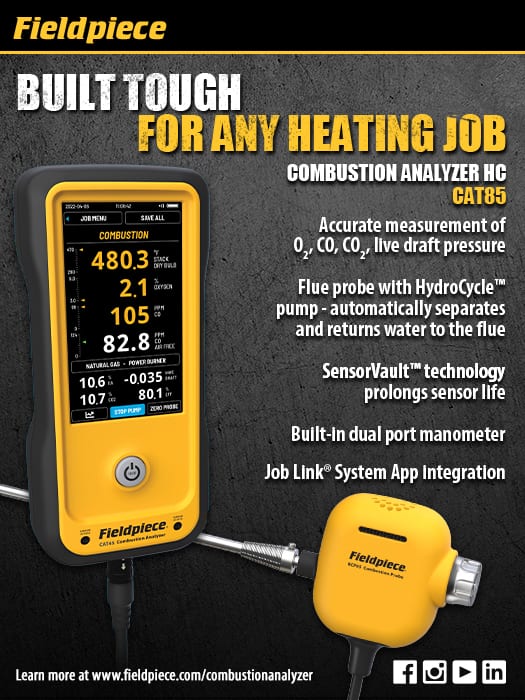
SCROLL
Managing IAQ for Human Health creates a ‘North Star’ for Energy Conservation Steps
Our moral imperative is to set health metrics as our constant to guide natural and mechanical HVAC settings.
BUILDING HEALTH: A PHYSICIAN'S VIEW

Image courtesy of Building4Health Inc.
As we barrel forward toward net-zero deadlines for building carbon fuel consumption, questions triggered by the COVID-19 pandemic about optimal ventilation settings are still being debated.
A pandemic never happens at a good time; however, the rapid spread of the SARS-CoV-2 virus, starting in 2020, caught almost everyone off guard, resulting in alarm globally. Fear was compounded by a lack of understanding about COVID-19 mortality rates, degree of patient vulnerabilities from comorbidities, and the primary route of virus spread. Early in the pandemic, the U.S. Centers for Disease Control and Prevention (CDC) reported that contact and large droplet spread over short distances were the primary routes of transmission. Consequently, surface disinfection, hand sanitization, and the use of personal protective equipment (PPE) were enforced. As data on illness outbreaks were collected, it became clear that contact and short distance spread were not the primary routes. Eventually, undeniable evidence showed that infectious viruses spread through the air over distances greater than 6 feet. The difficulties in managing airborne transmission, frequent viral mutation, and spread through asymptomatic human hosts deepened questions about how to best contain the pandemic.
In the winter of 2020, best practices for IAQ management around the world recommended high ventilation rates, regardless of the energy consumption by building ventilation systems. Soon, building owners balked at the extent of energy usage. To decrease consumption, therefore, recirculation with filtration and air-cleaning strategies became more commonplace.

FIGURE 1: Using health as a guide to maximize building efficiency.
The questions around managing IAQ to create indoor environments that protect building occupants are still being debated. What are the best ventilation rates? Can the metric of air change rates per hour be modified by filtration, proper humidification, UV-C, or other air-cleaning installations? Meanwhile, the focus on decreasing energy use, especially carbon-based fuel, is front and center for building owners and environmental protection professionals.
Finding the balance between building energy use and protecting occupant health might seem difficult, especially since the metrics for occupant health have historically been difficult to obtain, but this is no longer the case. We now have sensors and algorithms that correlate indoor air measurements with human physiology, disease rates, and cognitive performance (learning and productivity) to create a health index for every occupied space.
Setting a real-time IAQ health index in the protective range as the guiding North Star constant, energy use can be modulated to find the sweet spot between these two sets of metrics. HVAC interventions can then be varied according to their energy cost in a given building in a given outdoor climate.
As the route to net-zero guides initiatives to reduce the carbon footprint of buildings, including improving energy efficiency and using more sustainable building materials, we must set IAQ management for occupant health as the fixed, guiding parameter.
The very reason buildings exist is to protect human health and our ability to be productive. Our moral imperative, therefore, is to set health metrics as our constant to guide natural and mechanical HVAC settings.

